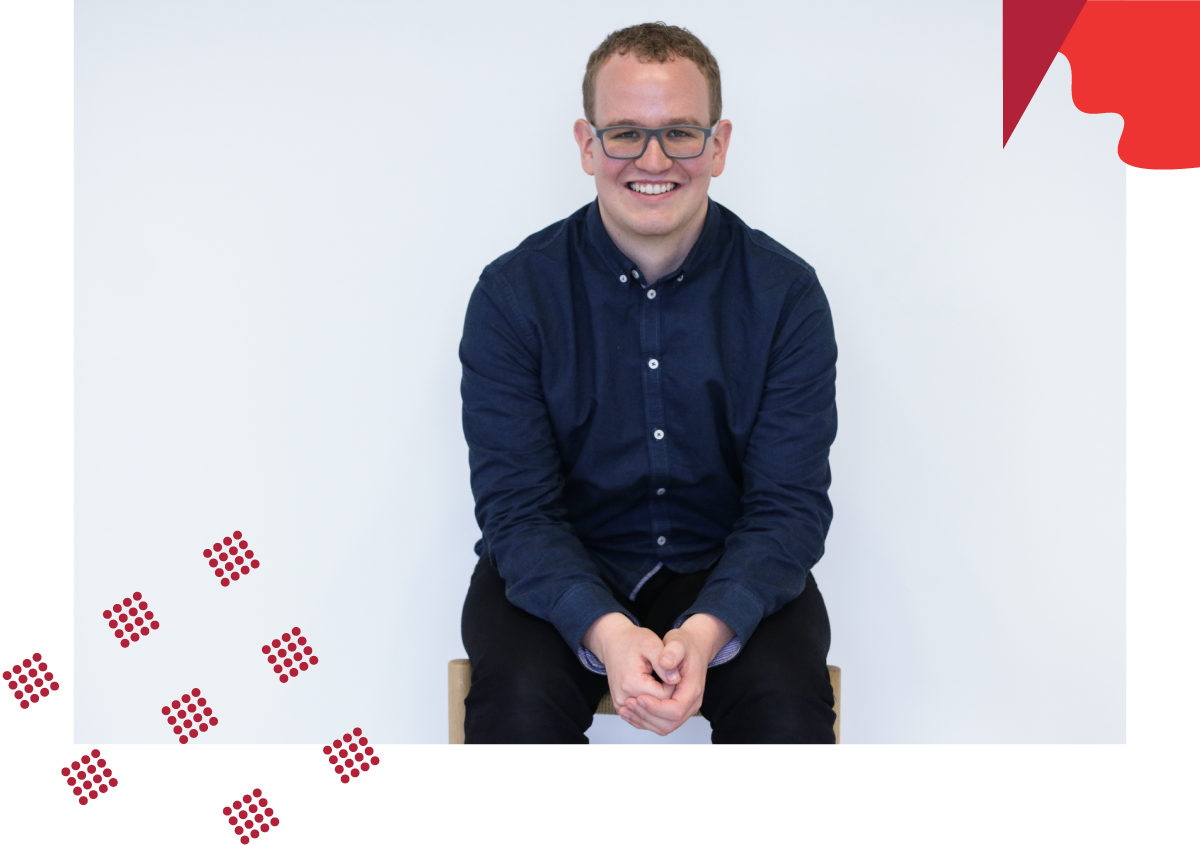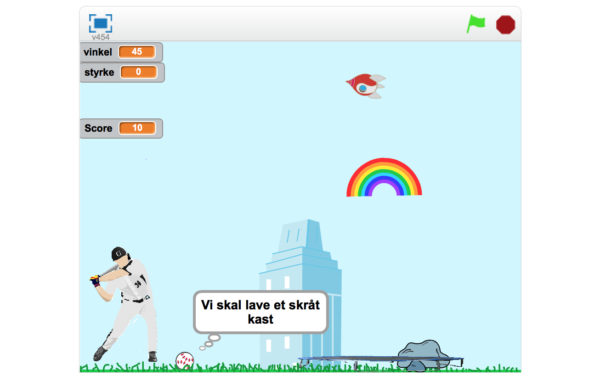
Project collaboration with Silkeborg High School
In December 2016, ScienceAtHome teamed up with Silkeborg High School to give second-year students the opportunity to create their own educational game. We asked two participating students, Martin and Cecilie, to tell their story and experience about creating a game within our collaboration with their high school.
Mads Kock Pedersen was in contact with Silkeborg High School and represented ScienceAtHome during the collaboration. So, we have sat down with Mads for a few minutes and asked him about the project and his role in the teamwork.
What was ScienceAtHome’s role in the collaboration?
Mads: It was an initiative by Silkeborg High School. We supported them with information and visits during the 3-week long project. I visited the school three times. First, in the kick-off introduction, I presented how to make a learning game to the students. Then, they started working during some of their classes and they could also work on the project at home. Later, I have returned to Silkeborg to see their work and provide some project guidance. At the end, each project team handed in a short synopsis. At my last visit, the teams also presented their ideas and together with the teachers we gave them feedback on their final game.
What did you help the students within the project guidance?
Mads: The students had to program their own game and in order to be able to do this, they were introduced to a program called Scratch by their teacher. This program allows them to build games without writing a code but still, this part caused the most difficulties. The platform gives an overview of what it takes to develop computer systems. The majority of the students didn’t have experience within this area. However, they quickly noticed that I could help them with the programming.
Was this the first collaboration on designing games you have had with a high school?
Mads: We have had small-scale projects on games before, such as half an hour brainstorming sessions with students. This was the first time where the students also developed the actual games. We haven’t planned anything yet but it would be nice to do similar projects in the future. Teaching science through games is important to us. We believe that students learning through games will become better contributors to citizen science.
To find out what was it like to be on the working side of the game development, we talked with two students from the project.
Martin and Cecilie are both second-year students at Silkeborg High School, and during their latest project in General Student Improvement (AT) they were tasked with developing an educational game to either a primary school student or a high school student.
What is your experience with the project and the working process?
Martin: I worked with my group on a game for 3rd-grade students that should teach them about projectile motions. Our focus was making a fun game since it was important to cater to our target audience, which would otherwise have lost interest in the game. I have some previous experience in programming for iOS, but I soon realized that Scratch is an entirely different platform that is both fun and challenging to use. Developing a game was a good learning experience since we had to go through idea generation, a development process, and a testing of our game with some 3rd-grade students in a very short time. This gave some challenges – there are always pitfalls when you program – but by working as a team, we were able to overcome them. Integrating the Physics and the Math into the code was a difficult process, especially since our teachers did not have any experience with Scratch or programming. So, I believe that just like us they also learned a lot during the project.
 The game of Martin’s team
The game of Martin’s team
Cecilie: I worked with my group on developing an educational game for high school students. In the game, you had to make a bungee jump, where the learning goal was to get a deeper understanding of gravitation and Hook’s law. The learning in the game was very important to us since we developed it for an older target audience than Martin. As a first-year high school student, you would have worked with Physics for a couple of years; we, therefore, felt it was important to challenge the students in a way that they learned something new. No one in my group had tried to work with anything that resembled programming before, so we were starting from scratch. I think that the project has opened my eyes to a completely new world. It is fascinating how you can create something that resembles a game just by coding a couple of small elements and put them together.
Overall, it has been a big challenge, but a very fun learning experience to program a game.
